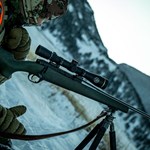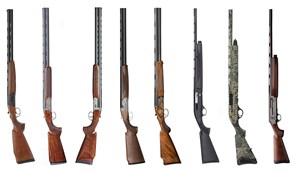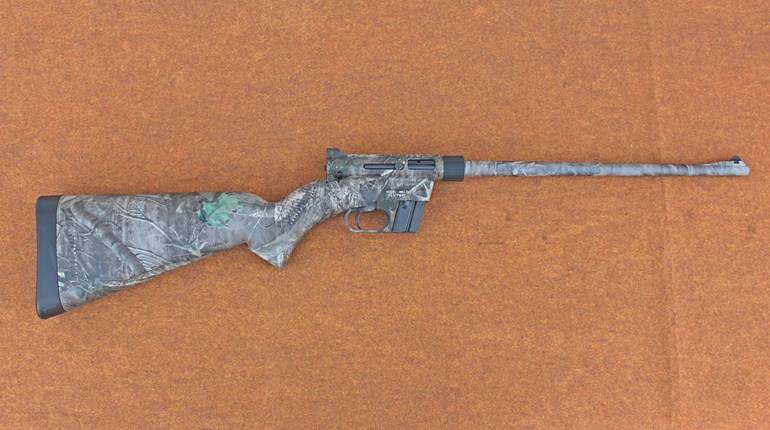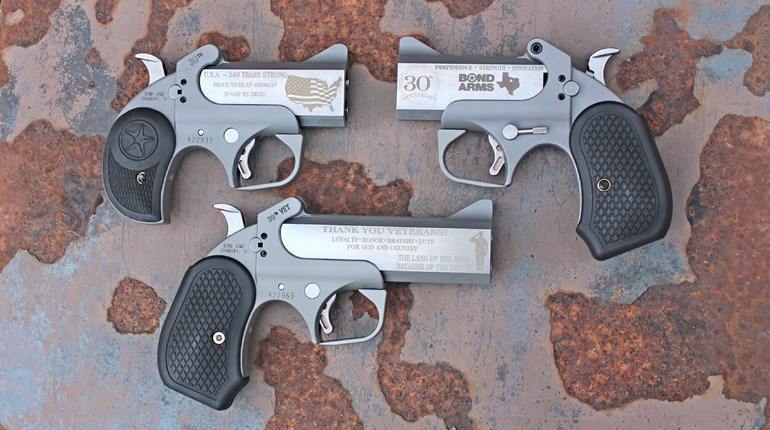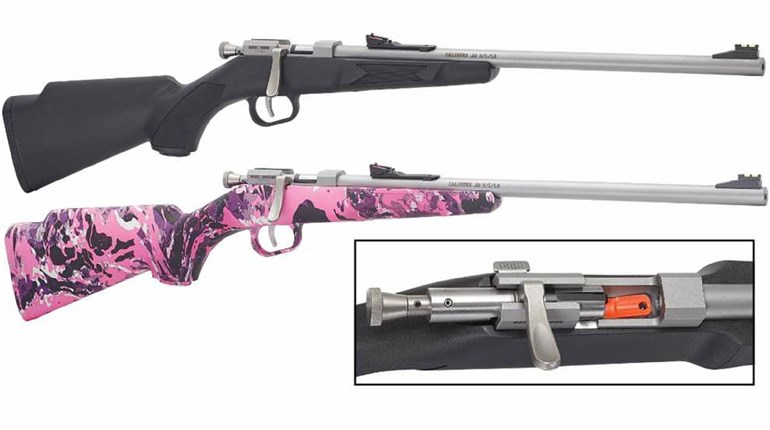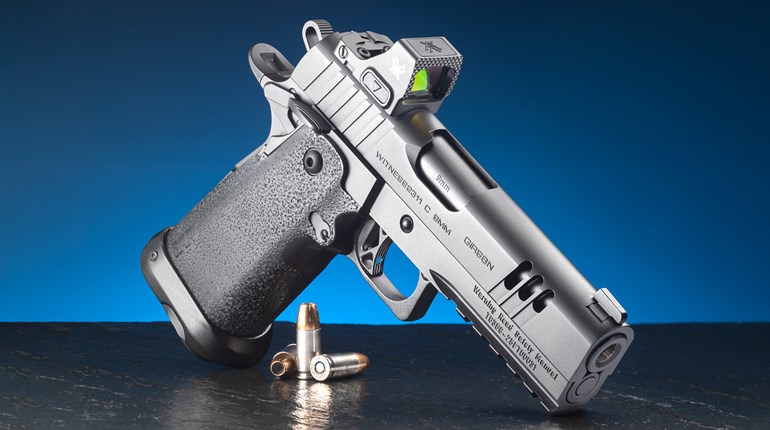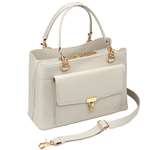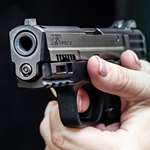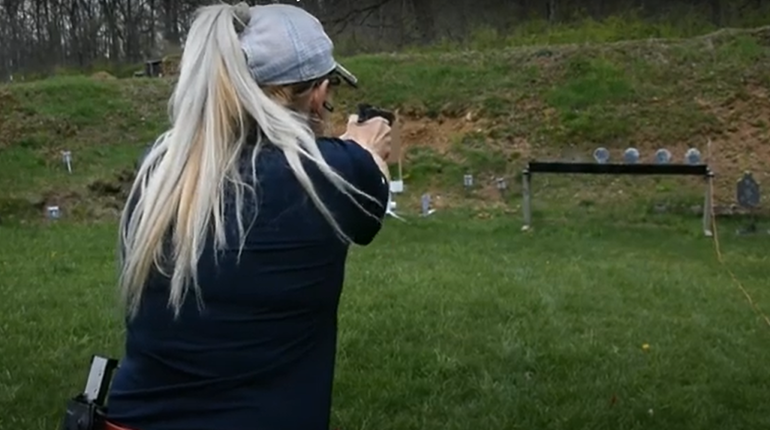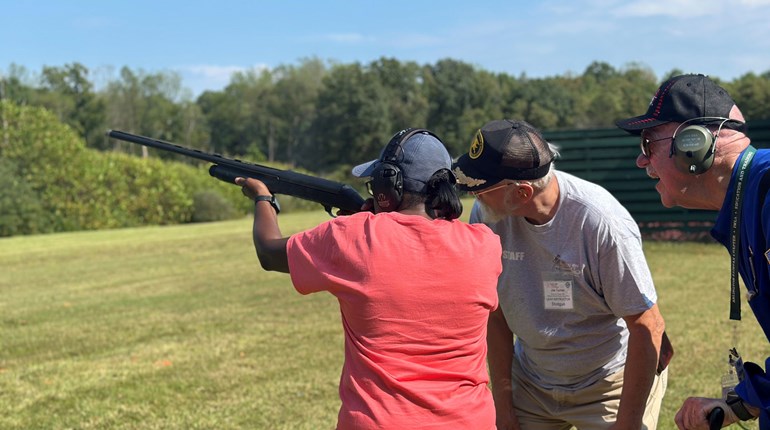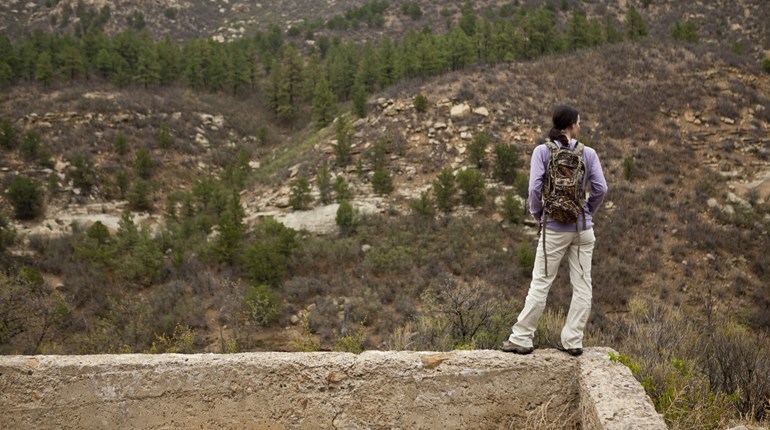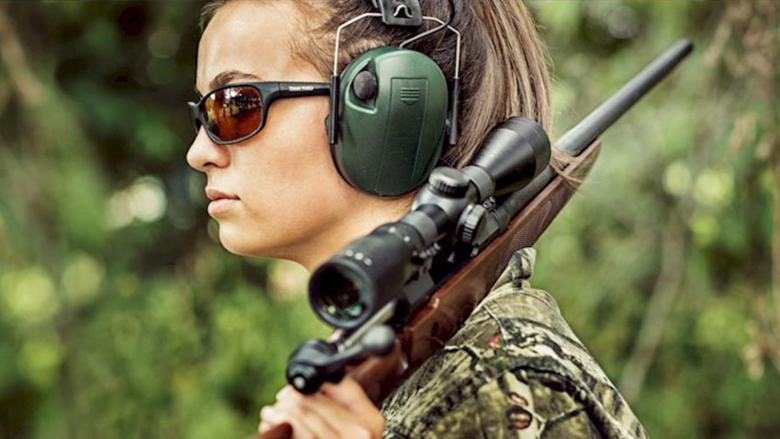
Jo Deering recently posted a piece on this website titled Why We Shoot. I recommend taking the time to read this post which provides practical reasoning in support of the title. In short, when self-defenders choose to shoot, they do so with the goal of stopping the threat. However, this piece does not address another important question related to the defensive mindset. If a defender is shooting to stop a threat, just how many shots should be fired?
This seemingly simple question does not have a straightforward answer. This is because no two defensive situations are ever alike. This is true regardless of the defensive tools at hand. This is why we see so many different types of martial arts from around the world. One school focuses on toughening bare hands to break through wooden armor plates and crack bones. Another works to increase the defender's effective reach with long, powerful kicks. And yet another teaches grappling to drive an attacker to the ground so that they cannot use their sword, spear or bow effectively.
So it should not be too much of a surprise that different schools of thought have sprung up around one of today's more common forms of martial art, namely, the use of defensive handguns for personal protection. Let's take a look at two of the dominant philosophies that are, for all practical intents and purposes, at the opposite ends of the shots-fired spectrum. They have been called by different names and phrases over the years. But for this conversation I'm going to go with the 'One N' Done' and 'Mag Dump' mindsets.
Like most opposing views, they both harbor useful nuggets of truth. However, moving too far into the extremes can result in misunderstandings and potentially precarious defensive decision making. As with many things in life, the more useful approach lies somewhere in between the extremes. Let's take a look at both and then find the more practical middle ground.
One N' Done
The philosophy that firing a single round from a handgun could, or should, be enough to stop a threat is not nearly as prevalent as it used to be. But back in the late 1980s and into the late 1990s, there was a good deal of debate about handgun ammunition stopping power and one-shot stops. One factor in these conversations was law enforcement's switch from more potent 6-shot .357 Mag. revolvers to less powerful semi-automatic pistols predominantly chambered in 9 mm.
Another driving factor was a pair of books by Marshall & Sanow titled Handgun Stopping Power: The Definitive Study(1992) and Street Stoppers (1996). These researchers devised a controversial (some said contrived) rating system for handgun calibers and what they called a one-shot stop rate. The result of their efforts was sets of data that were boiled down into a rating system in which this caliber was considered a “97-percent stopper” while that caliber has a 63-percent stop rate, and so on. Naturally, the larger calibers received higher ratings than the smaller ones.
In short, the One N' Done school of thought promotes the use of big-bore handguns for personal protection. And it is not wrong, per se. It does incorporate useful and verifiable principles such as making the first shot fired count, stopping a threat with as few shots fired as possible and that more is more when it comes to ammunition performance. Let's talk about this last point a bit more.
I have demonstrated to my own satisfaction that a duty-size .357 Mag. revolver, or a full-size 10 mm Auto, loaded with full-power ammunition will produce more devastating effects in gel blocks than a compact 9 mm pistol loaded with premium-grade defensive hollow points. Under these lab-like conditions, the laws of physics work in favor of the big bores.
However, increased performance comes with certain trade-offs. The big-bore handguns themselves are larger and heavier which makes them more challenging to carry concealed. The bulkier cartridges reduce ammunition capacity. This is more of a concern these days because, statistically speaking, self defenders are now more likely to engage multiple threats (assailants working in teams) than an assailant who is working alone. And we can't forget the increased levels of felt recoil which require the defender to work harder to place follow-up shots as quickly and accurately as a softer shooting handgun.
Does this make big bores “bad” for self-defense? Certainly not! And I would not fault anyone for choosing to go this route. For example, for those who enjoy outdoor adventuring, such as hiking in bear country, the big bores definitely have the edge. But for someone who spends most of his time in urban settings, where threats of the two-legged variety are much more prevalent, the compact, lightweight, double-stack capacity 9 mm pistols have distinct advantages.
One thing that big-bore fans need to be cautious of is what could be called “caliber conceit” which is akin to the gun-as-talisman fallacy. Just as carrying a gun does not make someone “safe,” choosing to carry a big-bore handgun does not make one “safer” per se than carrying a model chambered in a smaller caliber. It would be a mistake to think that a given handgun and ammunition combination will stop a threat decisively with a single shot. Handguns are just not as powerful as a rifle or a shotgun, regardless of the caliber. There's nothing wrong with choosing to work with the caliber you prefer. Just make sure to understand why it’s your top choice, the need for regular practice and the wardrobe and lifestyle changes required to successfully carry a larger gun on a daily basis.
Mag Dumps
The “Mag Dump” mindset is another philosophy with roots in the 1980s. By 1985 the U.S. Army had replaced the venerable M1911A1 pistol, chambered in .45 ACP, with a military version of the Beretta 92FS dubbed the Beretta M9. And, as mentioned earlier, law enforcement agencies were in the process of transitioning their sidearm from 5- and 6-round capacity revolvers to 9 mm semi-automatics with double-stack magazines that could hold 15 or more rounds.
Fans of the .45 ACP and .357 Mag. were skeptical about this change. Sure, 9 mm pistols held more ammunition and generated lower levels of felt recoil. But the cartridge was an anemic “stopper” when compared to larger handgun rounds. And at the time, they were not wrong. Some police forces issued their officers standard velocity 9 mm ammunition topped with 115-gr. round-nose bullets. Today, this type of 9 mm ammunition is reserved for punching paper targets and for training only since it is one of the least effective ammunition options available. The big-bore proponents of the time said that folks armed with 9 mm pistols would have to shoot until the gun was empty, reload to keep shooting, and hope for positive results.
Here we are, 40 years later, and the 9 mm cartridge is king of the defensive pistol cabinets at sporting goods dealers around the country. What changed? Although a great deal of defensive handgun history occurred during the past four decades, the shortest answer is this: 9 mm ammunition improved. Because the demand for effective 9 mm loads increased as time passed, the ammunition manufacturers spent millions on research and development. The result is a fairly broad selection of effective expanding pistol bullet designs which produce results comparable to those of the .45 ACP and .40 S&W.
In other words, when loaded with the right ammunition, a 9 mm pistol is “enough gun” for personal protection in urban and suburban settings. Add to that a compact size, lightweight polymer frame, a consistent striker fired trigger pull along with double-stack magazines that have ammunition capacities of 10- to 18-rounds and you have yourself a portable and effective personal protection tool. The 9 mm pistols also boast affordably priced practice ammunition and moderate levels of felt recoil. This is why the polymer-framed 9 mm semi-automatics currently rule the defensive pistol roost.
Unfortunately, the Mag Dump mindset has been widely adopted into action movies and video games. Directors and designers fill screens with the flashes and bangs of pistol magazines being emptied as fast as humanly possible. No worries if a fictional character caps off 16 rounds in three seconds, the prop master or the game coder will provide an endless supply of ready-loaded magazines for as many magazine dumps as the scene requires. I sincerely hope by now that anyone who has chosen to own defensive firearms of any type understand that movies and video games are intended to entertain, not to instruct. In short, if you see it in a movie, please do not try to replicate it in real life.
And yet, the mag-dump approach to self-defense is finding its way into what are supposed to be legitimate instructional videos on social media. A short video I saw recently made my hair stand on end. It opened on the presenter who was holding a 9 mm pistol, and said something like, "Hey, how do you stop a threat? Like this!" The camera then pans to a nearby paper target with more than a dozen rounds fired through it. The camera pans back to the presenter who then proceeds to mag dump the pistol again. As the smoke clears, the presenter says their advice is to shoot the threat until they fall down, which is supposedly what the presenter just demonstrated. From what I can see, the emergent philosophy of 'Shoot ‘Til They Fall' is just the 'Mag Dump ' mindset with a fresh coat of paint.
There are just so many flaws with the shoot-until-empty approach to defensive pistol craft that it would take another article, perhaps a chapter in a book, to cover them all in detail. So, I'll summarize just a few here:
—Capacity and Speed as Crutches
Some folks, who do not understand how defensive shotguns really work, will tell others that a shotgun is a great fit for less experienced home defenders. They say that a shotgun does not really have to be aimed (not true). If you just kind of point it in the general direction of the threat and pull the trigger, the shotgun will fill the atmosphere with a destructive cloud of lead pellets guaranteed to stop a threat regardless of the home defender's shooting skill.
So too with the mag dump mindset. “Hey, it's OK if you don't know your gun or you don’t have much skill, just keep working that trigger as fast as you can until you hit something.” Quality equipment never has been, nor will it ever be, a suitable substitute for skill and experience. And simply filling the air with bullets comes with notable consequences, including the following:
—Personal Responsibility
Those who choose to carry or stage a firearm for personal protection will be held legally, ethically and morally responsible for every shot they fire. This is especially true for rounds that miss the intended target and travel on to cause collateral damage to property or bystanders. This alone should be a good enough reason to practice and learn precise shot placement.
—Engaging Multiple Threats
Training for defensive situations using semi-automatic pistols should include an understanding of the steps required to reload the gun and practicing those steps. However, in a real life situation, there may not be the time, resources or circumstances necessary to conduct a safe and effective reload of the pistol. Therefore, it is better to fire small, controlled two- or three-shot strings than to count on a second magazine of ammunition to get you out of the situation.
—Unfair Expectations
A criminal is, by definition, someone who does not obey the law or adhere to societal norms. They are not bound by any rules, regulations or a code of honor if and when they choose to assault someone with the intention of inflicting grievous bodily harm or death. However, law abiding self defenders are held to a higher standard. It's not fair but that's the way it is.
If a self defense case goes to trial, there is a distinct possibility that the jury will include members who are under informed, uninformed or just plain anti-gun in their beliefs. The self defender will have a better chance of not looking like a criminal themselves if their responses to the situation demonstrate a greater level of focus and control. This means shooting to stop the threat with the fewest shots fired possible, not mag dumping every round in the gun as quickly as possible.
The Middle Ground: Controlled Multiple Shots & Proper Training
So where exactly is the reasonable, practical and useful middle ground in between the “One N' Done” and the “Mag Dump” mindsets? I can't say for certain. It would be hubris on my part to imply that there is some sort of formula or a just-right number of shots in defense of one's self or others. But after more than 30 years of studying and testing defensive handguns this is the best advice I've received so far: Be mentally, physically and emotionally prepared to fire follow-up shots. Don't count on a single shot fired to get the job. Fire a controlled second shot (double tap), and possible a third (triple tap) as the situation demands and then move (get off the mark). Get to safety or cover as quickly as possible. When the threat is stopped, don't assume the fight is over. Be prepared to engage more threats should they arise. Scan the area, move and fire as needed.
As for which handgun types and ammunition options are the “best” for personal defense, don't let caliber and capacity be your only considerations. Do your homework and find a model with a combination of features that works best for you and your needs. Seek out good training, practice regularly and carry daily. Proper preparation and shot placement trump caliber and capacity any day of the week!



